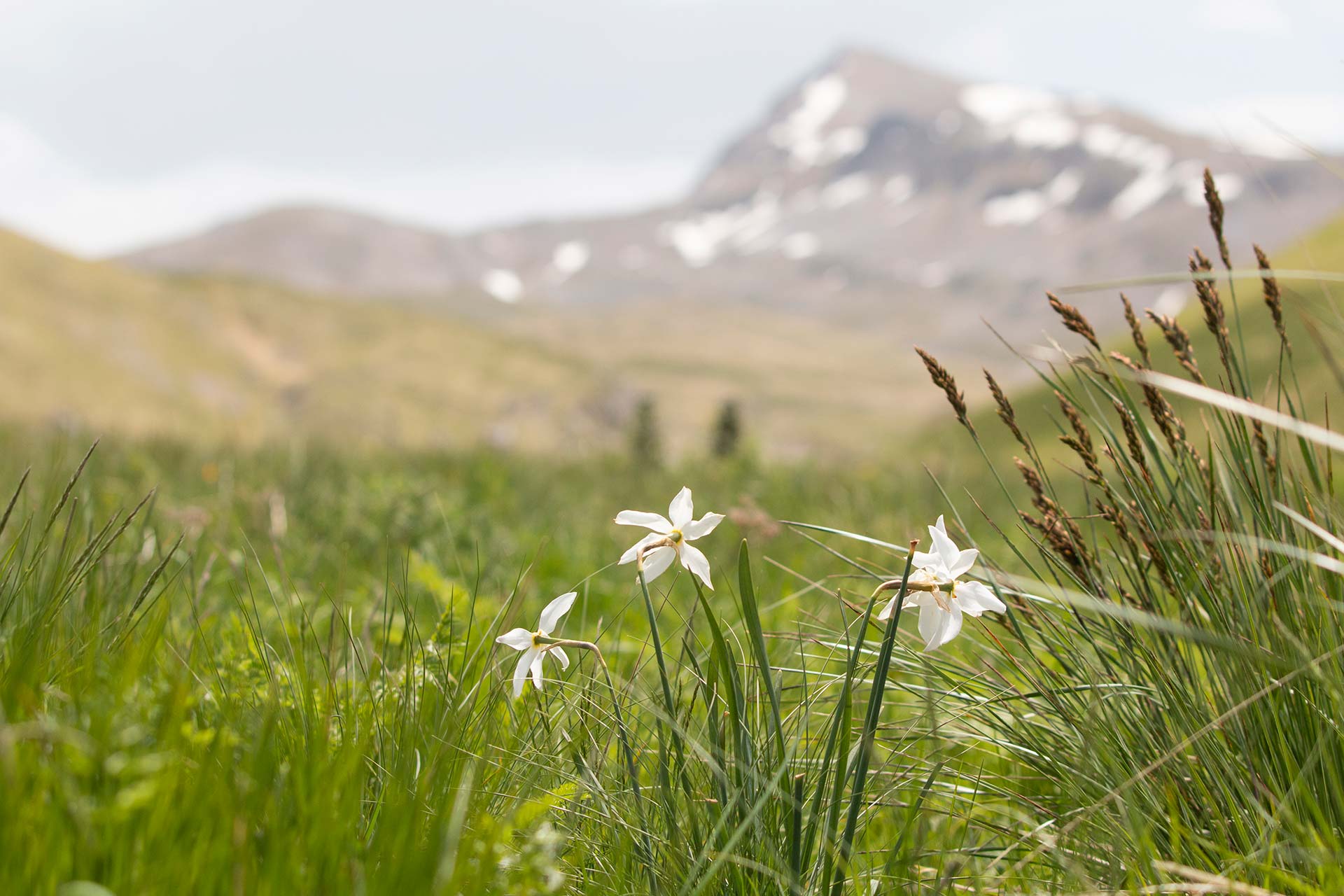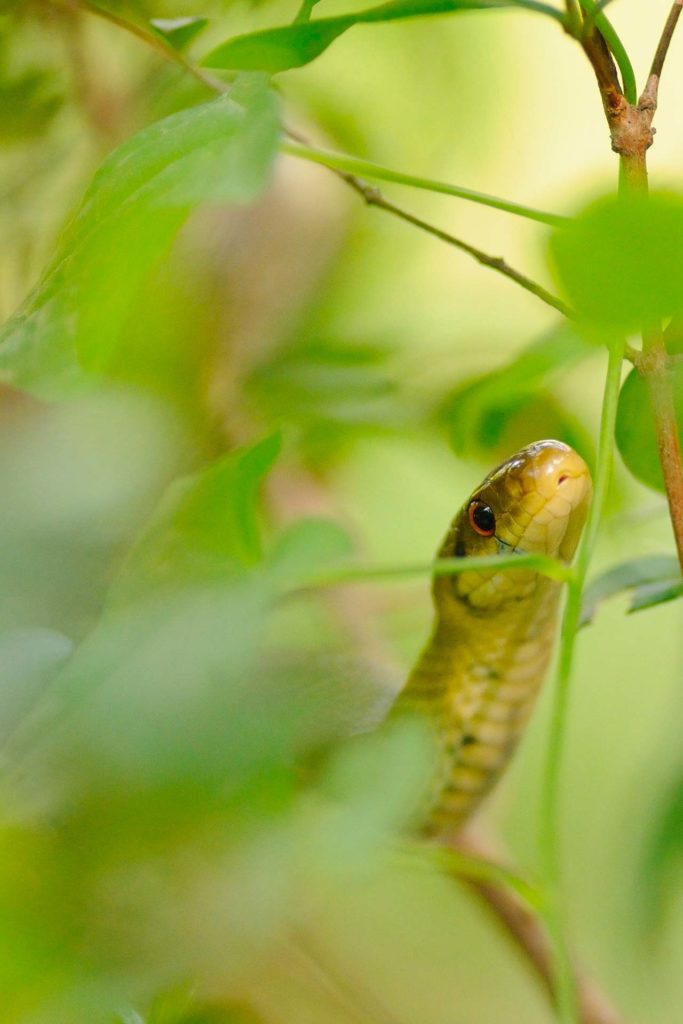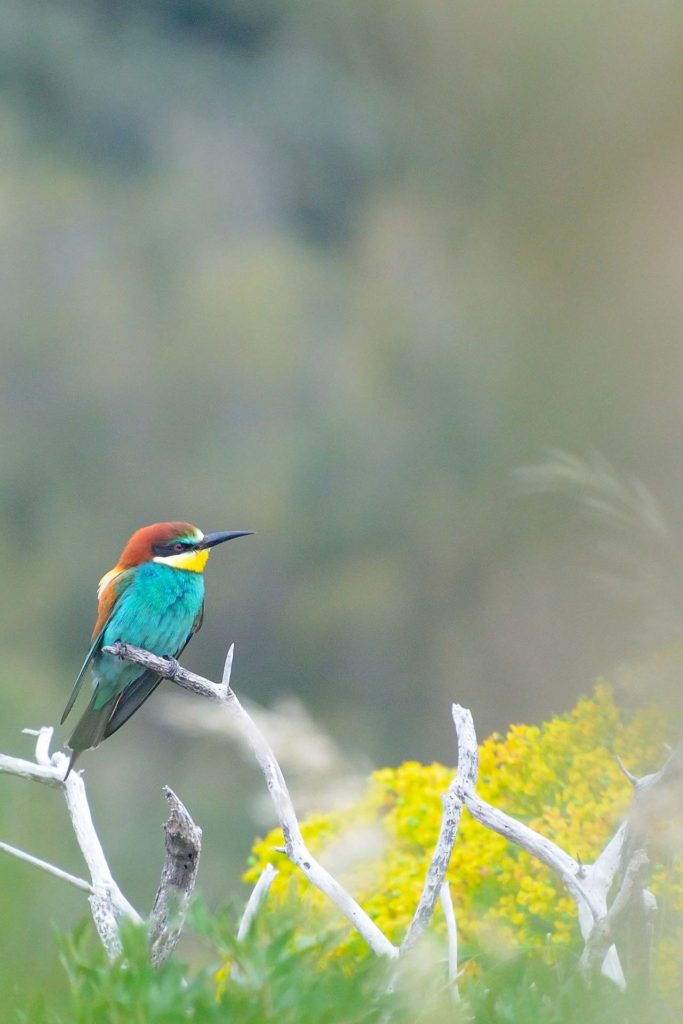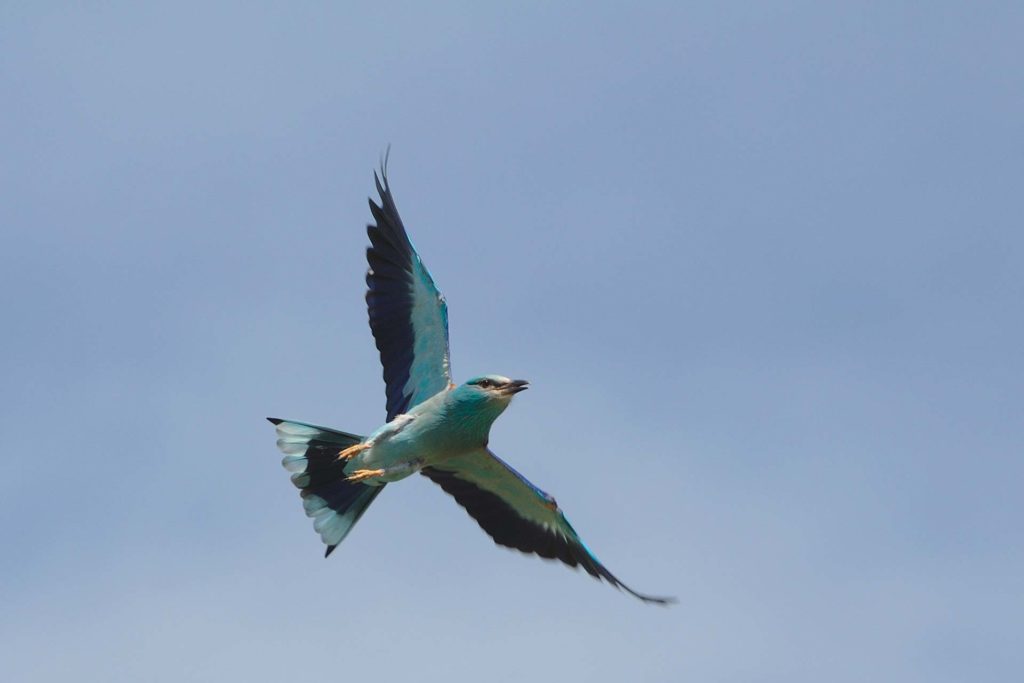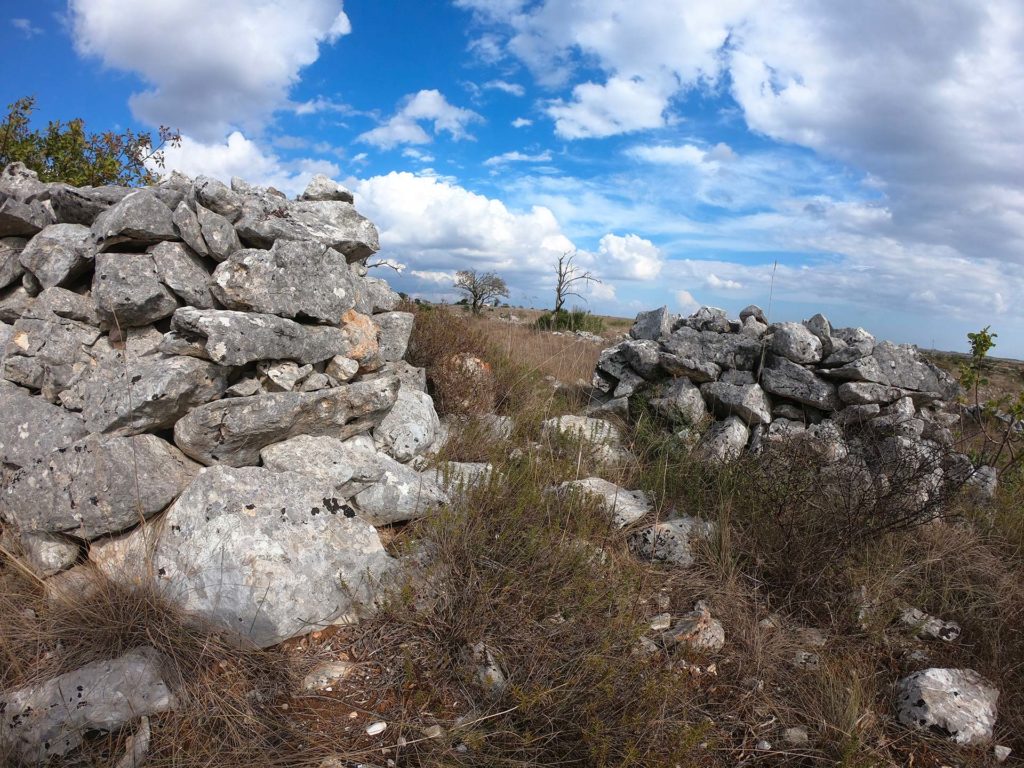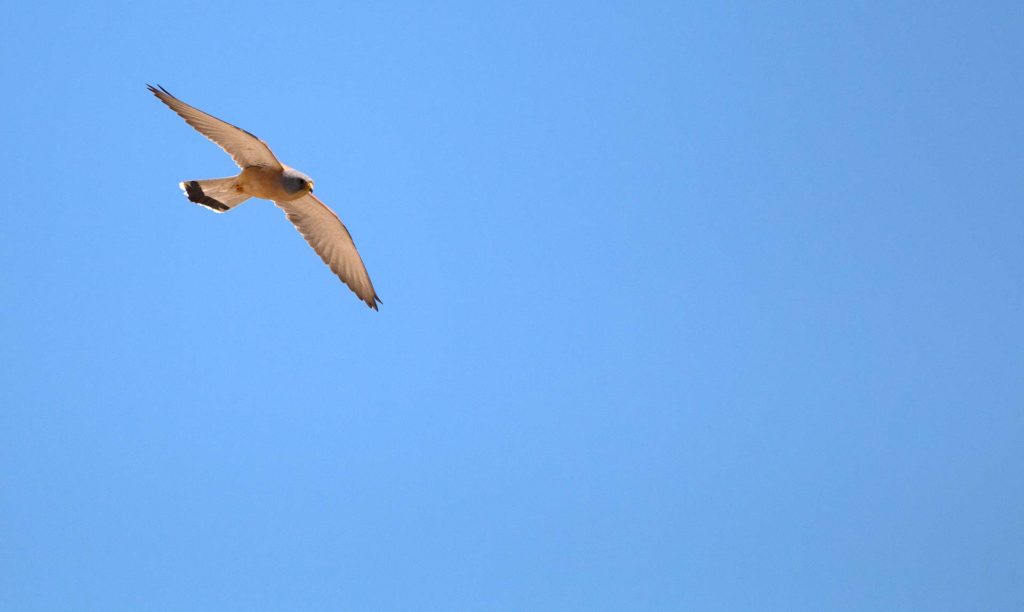A journey among the most beautiful and wild hidden gems of Central and Southern Italy. The tour will be guided by two Italian researcher specialized in zoology and will have the observation of nature as main goal. We will explore very different types of habitat in order to maximize the amount of species we will contact.
The tour will mainly focus on the observation of terrestrial vertebrates (Mammals, Birds, Reptiles and Amphibians), but during it we will have the chance to observe as well an incredible number of Invertebrates (mainly butterflies, dragonflies and beetles) and of wildflowers (especially orchids). Nature will be the main core of the journey but time will be guaranteed also for the visit of historical city centers of a unique beauty. As for every stay in Italy that can be respected, food and wines will play also a central role and we will give the participants the chance to taste the most amazing specialties of one of the richest region of Europe in terms of food.
Among the fauna highlights we will focus on the research of rare and endangered animals as the Marsican Brown Bear, the Italian Wolf, the Egyptian Vulture, the Griffin Vulture, the Meadow Viper, the Leopard Snake, the Apennine Yellow-bellied Toad and the Spectacled Salamander. Concerning the cities, the highlights are the following: the historical city center of Matera (capital of culture, UNESCO heritage), the eternal city of Rome, the medieval villages of the Apennines. As mentioned before, this is an amazing region also from a gastronomical prospective, for let you enjoy 100% of its richness we have chosen the most typical options where to enjoy the best homemade pasta, the best grilled meat and local vegetables and the most beautiful wines.
-ABRUZZO NATIONAL PARK: Established in 1921, the Abruzzo, Lazio and Molise National Park (its full name) or PNALM, was the first protected area to be established in Italy. It has a territory consisting in a multitude of chains with peaks between 900 and 2200 meters. In a scenery composed of breathtaking landscapes, the Park hosts an extraordinary biodiversity. Abruzzo is best known for being one of the wildest regions in Italy and it’s considered one of the best places in Europe for the observation of large Mammals. Among these, in addition to the different species of Ungulates (such as Red Deer, Apennine Chamois etc.), the Marsican Brown Bear (Ursus arctos marsicanus) and the Italian Wolf (Canis lupus italicus) deserve particular attention. Also all the other classes of vertebrates are well represented and each of them includes numerous taxa of great conservation interest (as for example Salamandrina perspicillata, Vipera ursinii, Denrocopos leucotos, etc.). The entomofauna is also of great value (there are numerous species of butterflies and beetles, among which it is impossible not to mention the wonderful Rosalia alpina). The flora with the centuries-old beechs and conifers, the endemics, and the dozens of orchid species, fascinate even the most demanding botanists.
-MURGIA MATERANA PARK: A Regional Park established in 1990, with the aim to protect, restore and enhance the area of the Murgia Materana, characterized by the presence of prehistoric and historical archeology, and the rocky habitat and the heritage of the “rock churches”.
This limestone plateau, inhabited since prehistoric times, is home to typical Mediterranean steppe vegetation. The flora is composed by 923 species, with 36 endemic or subendemic plants. The Park hosts a lot of interesting birds, both of forest and open environment species. Among the animals that inhabit the area, we find the Lesser Kestrel (symbol of the Park), the Egyptian Vulture, the Crested Porcupine and the Leopard Snake.
-FOGGIA COASTAL WETLANDS: The coastal plain on the Gulf of Manfredonia, in Apulia, despite the reclamation, implemented since 1813, have changed the natural aspect, has preserved naturalistic aspects of great value. In fact, it’s characterized by a large number of water bodies and reedbeds of great importance for biodiversity. Concerning the flora, the area is characterized by the presence of Utricularia australis, perennial species of aquatic bladderwort (a water carnivorous plant) visible only in the inflorescence phase (June-August).
The tour will interest the Salso Lake and the Saltpans of Margherita di Savoia, two of the best sites for birdwatching in Southern Italy. During the year a huge number of birds inhabit these wetlands, among these: Flamingos, that nests here with a big colony, Pigmy Cormorant;, Collared Pratincole, Slender-billed and Audouin’s Gull, Gull-billed Tern.
-MATESE REGIONAL PARK: Established as Regional Park in 1993, this limestone mountain massif, rich in fossils, has some of the highest peaks of Campania region. In addition to the many rests found here, mainly of past marine fauna, of extreme interest is the Scipionix samniticus, named “Ciro”, a Compsognathid theropod dinosaur from the Early Cretaceous. As with most Italian rural areas, the Matese hides many fascinating traditions. The extensive beech and chestnut forests, enriched by glacial lakes and countless streams, are home to an abundance of wildlife that make this park a true biodiversity hotspot.
-ROME: Every respectable trip to Italy should include a visit to the Eternal City. Rome, with its monuments of classical age, its historical buildings and its villas does not need any presentations and has always attracted historians, artists, directors who have found inspiration within the walls of the capital. How to end a day in Rome if not with a dinner in a typical trattoria?
-MATERA AND ALTAMURA: Matera, European Capital of Culture in 2019, has gained international fame for its ancient town, the “Sassi di Matera”. The Sassi, awarded World Heritage Site status by UNESCO in 1993.
From its breathtaking viewpoints, in spring and summer, it is possible to obserbe Lesser Kestrels, that nests here, giving excellent opportunities to wildlife photographers.
If the one of Matera is perhaps the most famous colony, the one of Altamura is the most important in terms of number of breeding pairs. Here, besides observing these magnificent birds of prey, we will be able to visit the historic bakeries and taste the famous bread.
-HISTORICAL VILLAGES OF THE APENNINES: There are countless medieval villages and historic villages that dot the Apennine mountains. Treasures of ancient traditions, food and wine and ancient knowledge, as in antiquity, today offer refuge and refreshment for explorers and travelers around the Bel Paese. During the tour we will have the chance to visit two ancient villages, one located within the Abruzzo National Park and one on the Daunian Mountains.
Mammals: Marsican Brown Bear (Ursus arctros marsicanus), Italian Wolf (Canis lupus italicus), Apennine Chamois (Rupicapra pyrenaica ornata), Red Deer (Cervus elaphus), Roe Deer (Capreolus capreolus), Italian Hare (Lepus italica), Crested Porcupine (Hystrix cristata).
Birds: Red-headed Pochard (Aythya nyroca), Pygmy Cormorant (Microcarbo pygmaeus), Black Stork (Ciconia nigra), Greater Flamingo (Phoenicopterus roseus), Egyptian Vulture (Neophron percnopterus), Eurasian Griffon Vulture (Gyps fulvus), Golden Eagle (Aquila chrysaetos), Short-toed Snake Eagle (Circaetus gallicus), Lesser Kestrel (Falco naumanni), Eurasian Stone-curlew (Burhinus oedicnemus), Collared pratincole (Glareola pratincola), Slender-billed Gull (Chroicocephalus genei), Audouin’s Gull (Ichthyaetus audouinii), Gull-billed Tern (Gelochelidon nilotica), Pallid Swift (Apus pallidus), European Bee-eater (Merops apiaster), European Roller (Coracias garrulus), White-backed Woodpecker (Dendrocopos leucotos), Calandra Lark (Melanocorypha calandra), Greater Short-toed Lark (Calandrella brachydactyla), Red-rumped Swallow (Crecropis daurica), Common Rock Thrush (Monticola saxatilis), Spectacled Warbler (Sylvia conspicillata), Dartford Warbler (Sylvia undata), Rock Sparrow (Petronia petronia), Black-headed Bunting (Emberiza melanocephala).
Reptiles: Anguis veronensis, Chalcides chalcides, Podarcis siculu, Tarentola mauritanica, Hemidactylus turcicus, Mediodactylus kotschyi, Coronella girondica, Hierophis viridiflavus, Hierophis carbonarius, Zamenis situla, Zamenis longissimus, Zamenis lineatus, Natrix helvetica, Vipera aspis franciscredi, Vipera aspis hugyi, Vipera ursinii
Amphibia Lissotriton italicus, Salamandrina terdigitata, Salamandrina perspicillata, Bombina pachypus, Bufotes balearicus, Hyla intermedia
The tour will cover the most varied types of Italian environments, from sea level to 1800 meters of altitude, giving excellent chances also to macrophotography enthusiasts. There are many species of Invertebrates that we could contact during the exploration of the wooded and rural areas and mountain meadows (Arachnids, Myriapods, Butterflies, Dragonflies, Orthoptera, Mantids and many more). In addition, in Central and Southern Italy there are more than a hundred wild orchids, as well as many striking wild flowers.
Known and appreciated all over the world, the Italian cuisine boasts an infinite variety of dishes. In addition to varying from region to region, in fact, the dishes differs from each others from city to city, and even from home to home!
Although we would need a year long journey to fully appreciate the Italian cuisine, during the tour we will taste some of the best dishes that Italy has to offer: different types of homemade pasta cooked according to local traditions, some of the most famous Italian wines, traditional dishes of local meat and vegetables, grilled meat, typical regional cheeses and cured meat, Italian pizza and focaccia, some typical desserts.
DAY 1: Arrival at ‘’Rome Fiumicino’’ Airport. Transfert to Matese mountains. Exploration of Matese Regional Park. Dinner in hotel restaurant. Night herping session. Night in hotel.
DAY 2: Transfert to Matera. Visit of Matera historical city centre. Transfert to Murgia Materana Park. Exploration of Murgia Materana Park. Transfert to Altamura. Dinner in typical restaurant. Night in hotel.
DAY 3: Transfert to Foggia coastal wetlands. Exploration of Lago Salso reserve and Margherita di Savoia Saltpans. Transfert to Molise region. Dinner in typical restaurant. Night in hotel.
DAY 4: Transfert to Abruzzo National Park. Whole day of exploration of the Park. Transfert to Pescasseroli, dinner in typucal restaurant and overnight.
DAY 5: Wolf tracking at dawn. Whole day of exploration of the Park. Bear tracking at dusk. Transfert to Pescasseroli, dinner in typucal restaurant and overnight.
DAY 6: Morning herping session. Transfert to Rome. Free visit of the Eternal City. Dinner in typical restaurant and overnight.
DAY 7: Free visit of the Eternal City. Transfert to Rome Fiumicino Airport.
What is included:
- Overnight stays.
- Meals – drinks not included.
- From/to Naples and internal transfers, including fuel, tolls and parking (depending on the rate).
- Scientific accompaniment by zoologist for the duration of the trip, with support material for wildlife observations (binoculars, spotting scope, field guides, etc.).
- Local guides.
- Travel insurance.
What’s not included:
- Tips for local guides.
- Everything not mentioned in the previous item.
Possibility to request a quote, with any additional nights, depending on personal needs.
The rate includes basic travel insurance.
For further information regarding the possibility of taking out additional insurance policies, contact the organizers.
Penalties in the event of cancellation: In the event of unmotivated withdrawal of the contract by the consumer, the penalties are equal to 100% of the entire participation fee, in addition to non-refundable insurance premiums.
Information regarding rates and payment methods will be communicated by email after completing the request form.
Can’t find the experience of your dreams? Do you want to observe a particular species or visit a specific natural area?
We can create a 100% customized and personalized tour!
